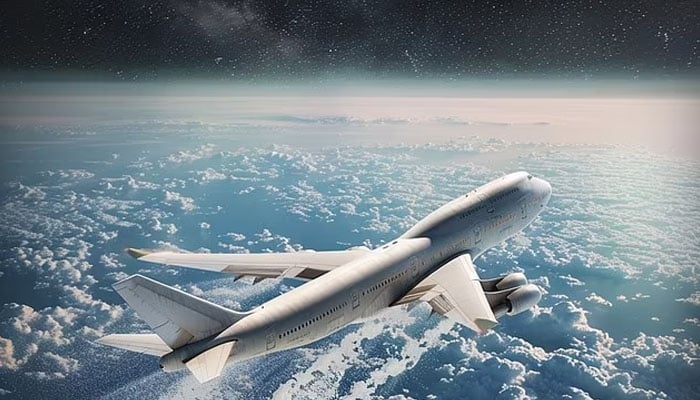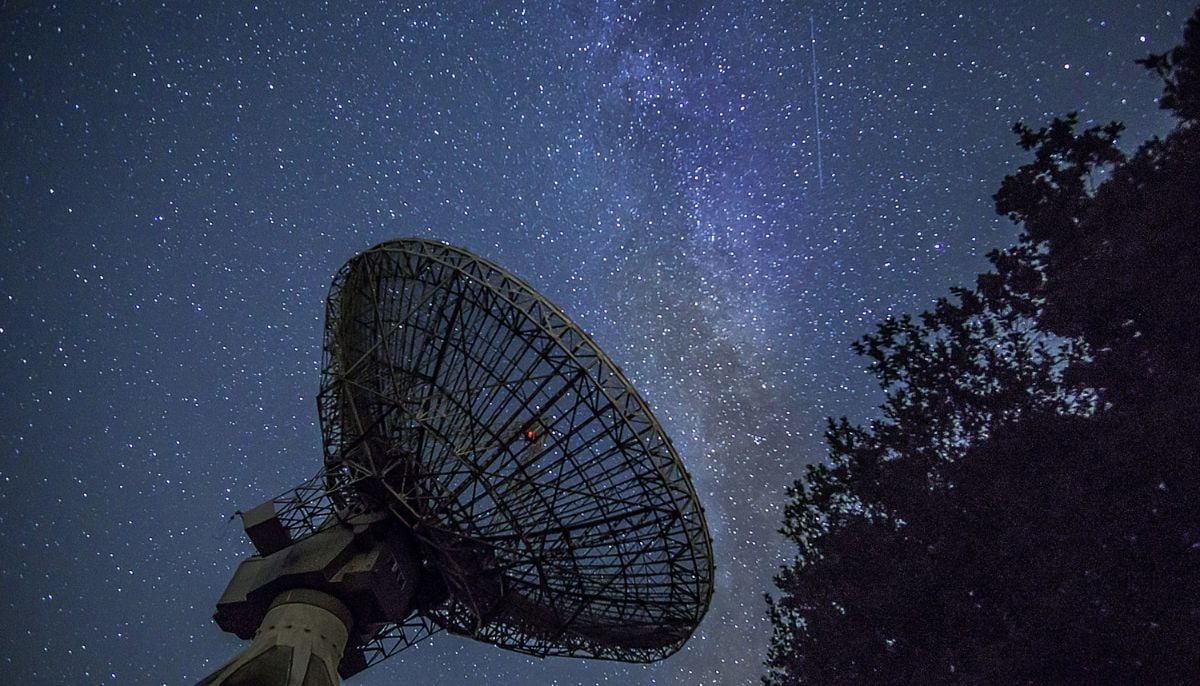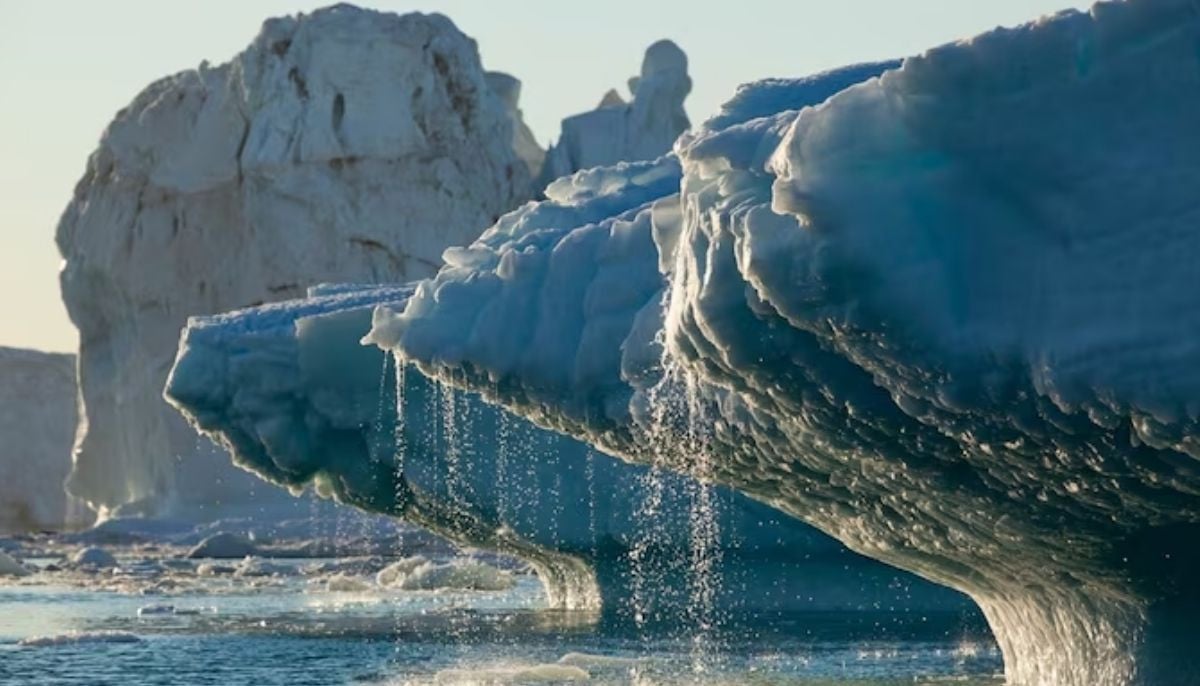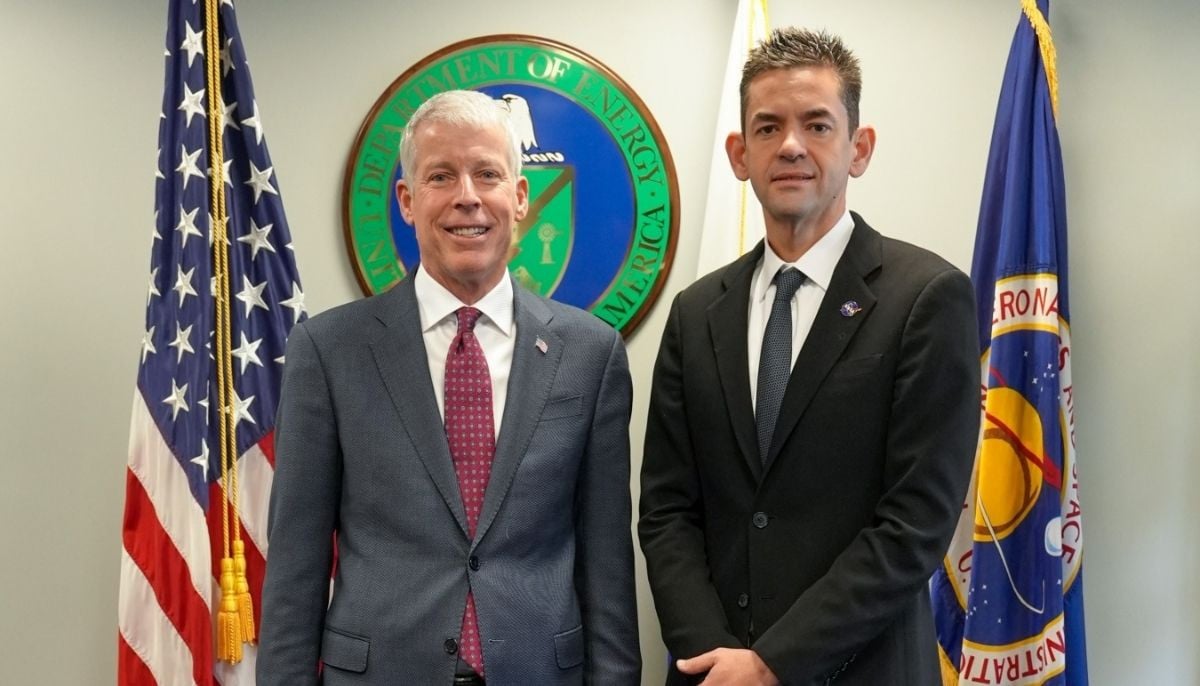Nasa plans to inject Earth's atmosphere with millions of tons ice to tackle climate change
Nasa's idea of injecting Earth's atmosphere with millions of tons of ice is known as "geoengineering"
Nasa scientists have unveiled an audacious plan to counteract climate change by introducing ice particles into the sky.
The goal is to spray tons ice particles into the upper atmosphere from high-altitude aircraft that rises 58,000 feet above the ground, which is more than 20,000 feet higher than commercial aircraft, according to Daily Mail.
The idea is that by freezing water, water vapour would be removed before it could be converted into greenhouse gas emissions, which would keep heat from escaping into space and eventually raise Earth's
The water would be frozen by the ice particles and fall back to Earth, eliminating extra water vapour and dehydrating the stratosphere, which is where water transforms into a gas that traps heat.
Nasa and the National Oceanic and Atmospheric Administration (Noaa) collaborated on the idea.
The concept of drying the upper atmosphere is the most recent addition to what some scientists are referring to as a last-ditch arsenal of strategies to combat climate change through altering the planet's seas or atmosphere.
Known as "geoengineering," it is frequently disapproved of due to possible adverse effects and is typically discussed in addition to emission reductions rather than as a substitute for lowering carbon pollution.
Lead author Joshua Schwarz, a physicist at Noaa, stated: "This isn´t something that we can even implement right now. This is about exploring what might be possible in the future and identifying research directions."
Schwarz pointed out that the efforts would only cool the atmosphere by 1/70th, or the same amount of warmth as CO2 provides, and would not counteract its effects.
-
Blood Moon: When and where to watch in 2026
-
Elon Musk’s Starlink rival Eutelsat partners with MaiaSpace for satellite launches
-
Blue Moon 2026: Everything you need to know
-
Scientists unravel mystery of James Webb’s ‘little red dots’ in deep space
-
ISS crew of four completes medical evacuation with safe splashdown off California
-
Annular solar eclipse 2026: Here's everything to know about the ‘ring of fire’
-
World’s first ice archive created to preserve fast-melting glaciers’ secrets
-
NASA, DOE to develop Nuclear Reactor on the Moon by 2030












